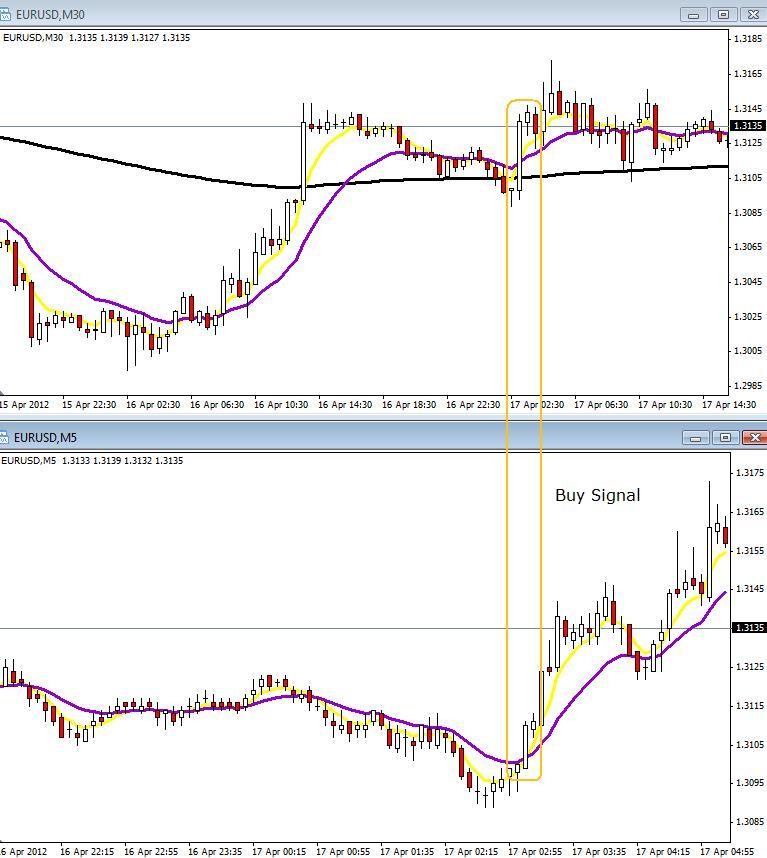Pain Trade Definition
Post on: 2 Июль, 2015 No Comment

DEFINITION of ‘Pain Trade’
The tendency of markets to deliver the maximum amount of punishment to the most investors from time to time. A pain trade occurs when a popular asset class or widely followed investing strategy takes an unexpected turn that catches most investors flat-footed. Under this definition, a sudden reversal in a niche sector or strategy would not qualify as a pain trade, since not many investors are likely to be in it. Pain trades sorely test the resolve of even the best traders and investors, since they must face the dilemma of whether to hold on in the hope that the trade will eventually work out, or take their losses before the situation worsens.
INVESTOPEDIA EXPLAINS ‘Pain Trade’
The periodic peaks and valleys in equity indices over the years provide a perfect example of pain trades at work. Consider the dot-com boom and bust of the late 1990s/early 2000s. As the Nasdaq soared over this period and reached a record high in March 2000, technology stocks accounted for a disproportionate part of portfolios held by most investors and mutual funds. The subsequent collapse in technology stocks and the Nasdaq led to a recession in the U.S. and a global bear market, wiping out trillions of dollars in market capitalization and household wealth. The pain trade here was being long technology stocks, as the subsequent collapse in the sector reverberated around the world and had an impact on the broad economy.

In 2008, the pain trade was being long equities in general. The U.S. and many major global equity indices had reached record highs in the fourth quarter of 2007, despite a simmering credit crisis that was rapidly coming to a boil. The collapse of global equity markets in 2008 made this the biggest pain trade by far in terms of the number of people affected and the amount of wealth destroyed. More than $35 trillion, or 60% of global market capitalization, was wiped out within 18 months, while the global economy suffered its deepest recession and biggest financial crisis since the Great Depression of the 1930s. In the U.S. plunging housing and stock prices led to the greatest destruction of household wealth in history, even as the recession threw millions of people out of work.
The strong recovery in global markets from 2009 onward proves that even pain trades can turn to gain over a period of time, with the Dow Jones Industrial Average and S&P 500 reaching new highs by 2013. However, rising yields in 2013 made the bond market the new pain trade for numerous investors in that year.














